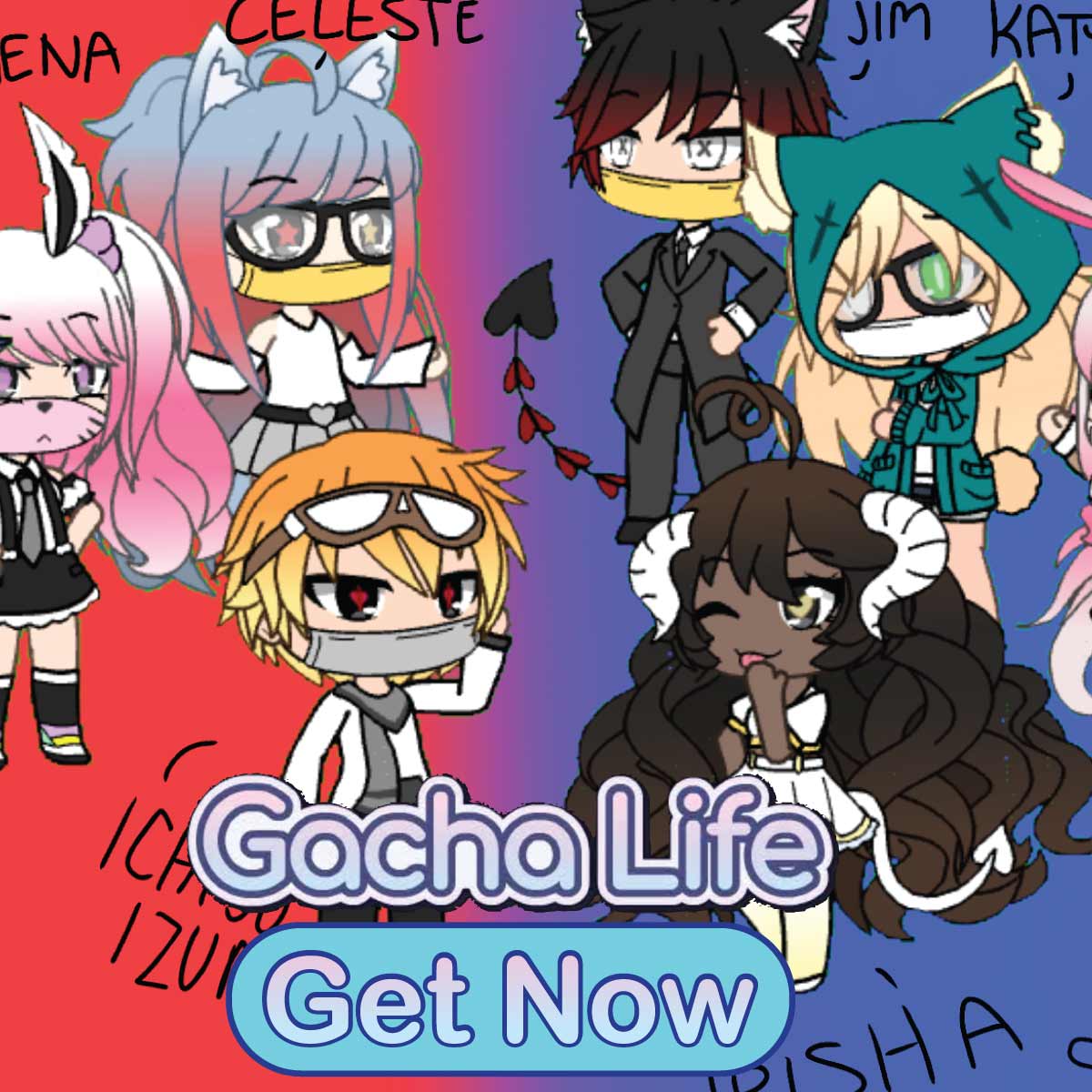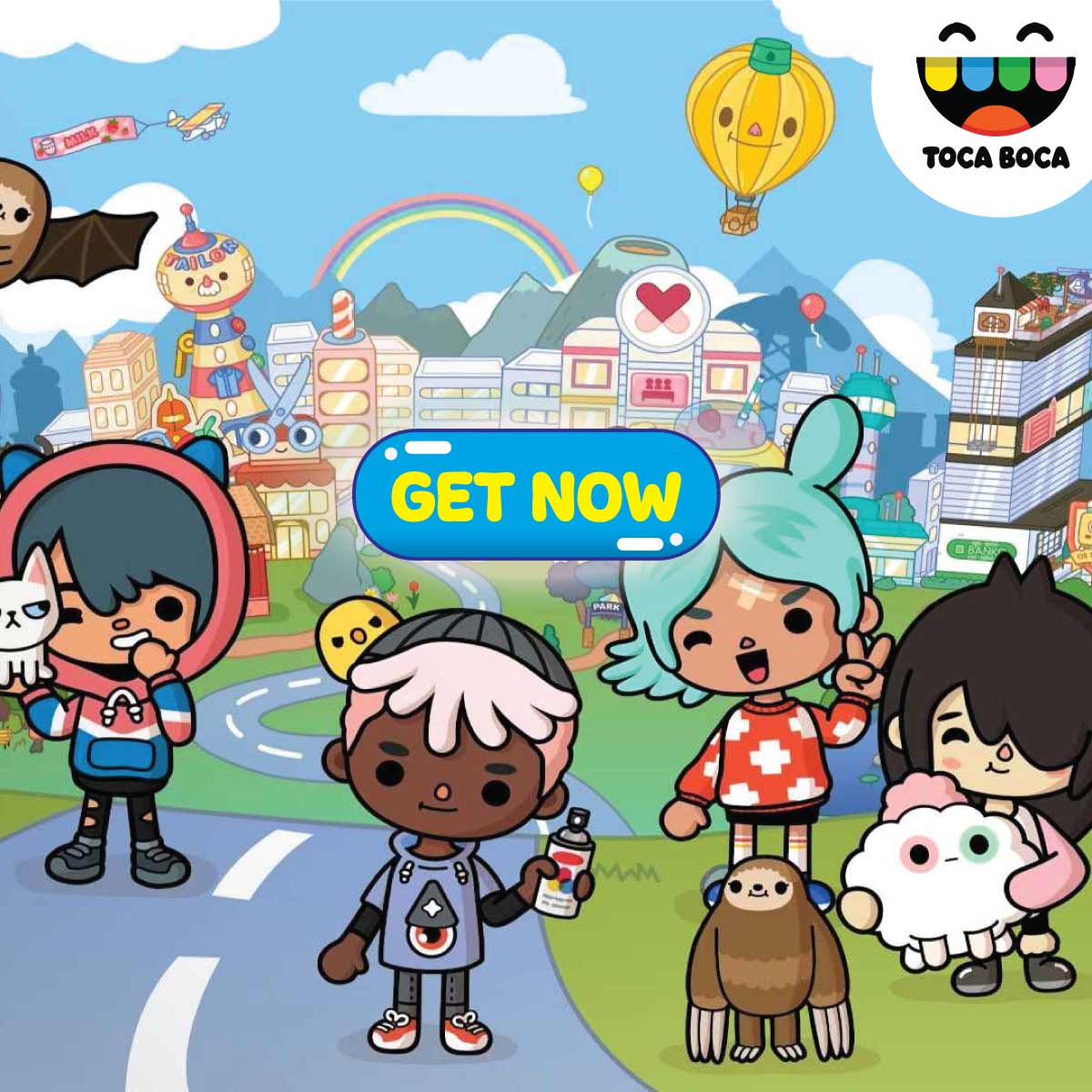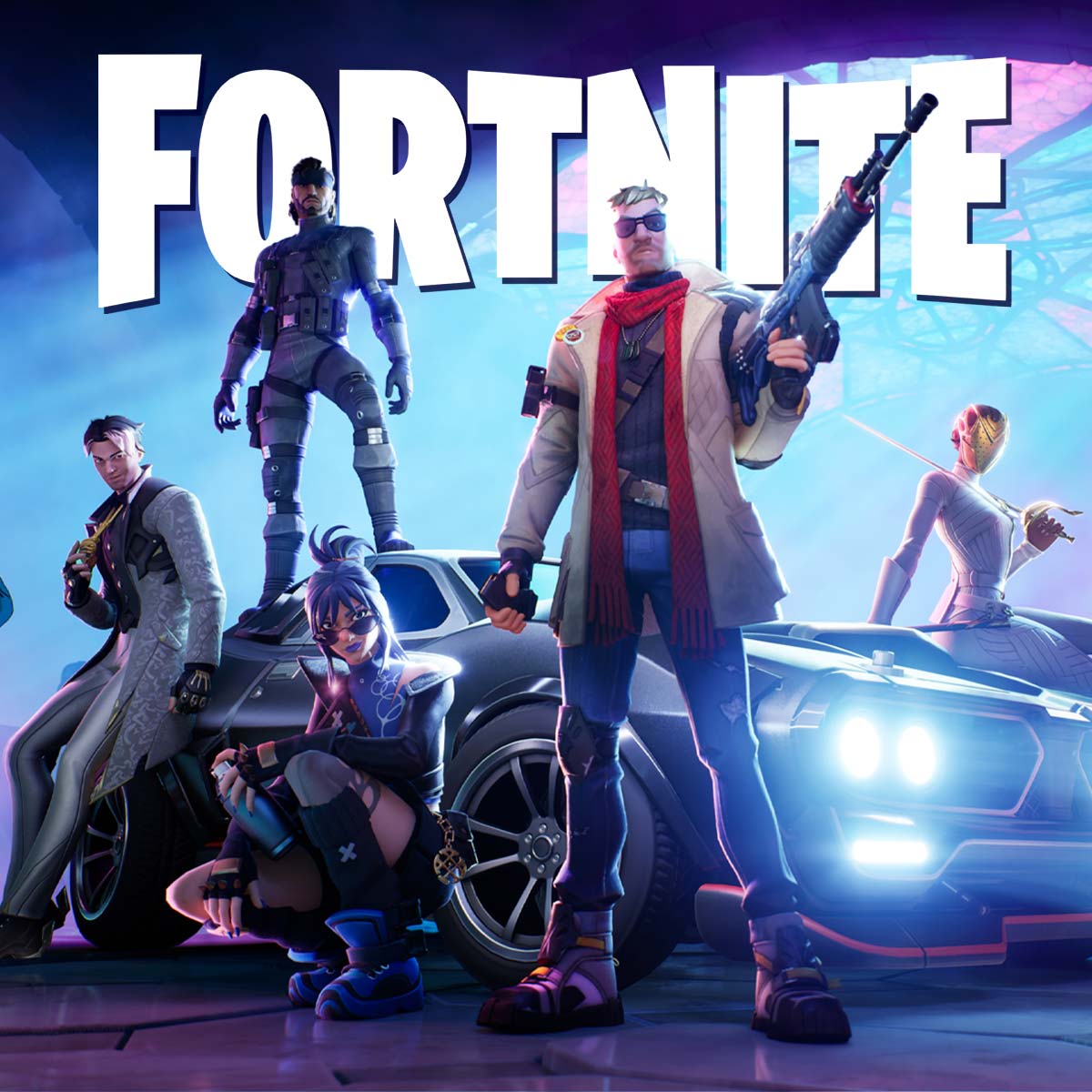Introduction
When Genshin Impact was first released by HoYoverse (formerly miHoYo) in 2020, many gamers underestimated it as a “Breath of the Wild clone.” Today, it stands tall as one of the most successful open-world action RPGs globally, redefining mobile and cross-platform gaming. In just two weeks, players can find themselves immersed in a multi-region fantasy world, mastering combat, forming deep emotional connections with characters, and uncovering stories that rival top-tier console titles.
This article dives into a 14-day deep experience of Genshin Impact—mapping out emotional and mechanical shifts over time, while also evaluating its artistic merits, combat systems, monetization model, and more.
Day 1: Entering Teyvat – A World Divided by the Seven
Genshin Impact opens with a mysterious cinematic introducing the Traveler—either Lumine or Aether—searching for their lost twin. After a short tutorial, you’re dropped into the fantastical land of Mondstadt.
-
The art style immediately grabs attention—bright, anime-inspired visuals with incredible detail.
-
You quickly meet Paimon, your companion, and begin quests that set up the central conflict with the Archons.
This day introduces core mechanics: stamina-based exploration, gliding, combat, and basic elemental interactions (like burning grass or freezing water). The soundtrack swells with emotion, making exploration truly immersive.
Day 2: The City of Freedom – Mondstadt Unlocked
Once you reach Mondstadt, the narrative and gameplay both expand.
Notable Characters:
-
Amber (Pyro) introduces ranged combat.
-
Kaeya (Cryo) and Lisa (Electro) showcase synergy between elements.
You gain access to the gacha system (Wishes), domains, and weapon upgrades. This is when you feel Genshin’s real structure—an RPG disguised in gacha clothing, with layers of interwoven systems.
Daily commissions and adventure rank progression begin to shape how you spend your time.
Day 3–4: Elemental Combat and Exploration Mastery
The third and fourth days are spent unlocking statues of the seven, discovering teleport points, and diving into dungeons.
Combat Mechanics:
-
The game emphasizes elemental reactions: Overload, Superconduct, Vaporize, and more.
-
Swapping characters mid-battle to chain reactions is core to advanced combat.
Exploration Perks:
-
Hidden chests, seelie trails, and time-locked puzzles reward keen observation.
-
Environmental traversal feels rewarding, especially when discovering shrines and domains.
By now, you've likely picked your favorite characters and begun optimizing their artifacts and weapons.
Day 5: Climbing Adventure Ranks and Unlocking Co-Op
At Adventure Rank 16, you unlock Co-Op Mode.
Pros of Co-op:
-
Great for farming bosses and domains with friends.
-
Supports team synergy and strategy in multiplayer battles.
Cons:
-
Limited to world owner’s progress; you can't complete main quests in co-op.
The game now feels even more MMO-like. You may also join a friend’s world to battle world bosses like Stormterror or Andrius.
Day 6–7: Liyue Awaits – A City of Contracts and Contrast
Your journey leads south to Liyue, the second major region. Compared to the free-spirited Mondstadt, Liyue is more traditional and majestic.
Worldbuilding Highlights:
-
Architecture blends Chinese aesthetics with fantasy.
-
Geo-based puzzles introduce new gameplay layers.
Key characters like Zhongli, Xiao, and Ningguang expand the cast and meta. Story arcs deepen, particularly surrounding Rex Lapis and the Fatui. You’ll begin to feel the emotional weight of choices and political undertones.
Day 8–9: Gacha System – Blessing or Curse?
This is when many players become deeply involved with banners and “pulls.”
How the Gacha Works:
-
Primogems are earned through quests, commissions, events.
-
Wishes offer weapons and characters across Standard and Limited Banners.
Pros:
-
High-tier characters like Hu Tao, Ganyu, and Raiden Shogun offer unique playstyles.
-
Frequent banners keep gameplay fresh.
Cons:
-
Low pity rate (0.6% for 5-star).
-
Can feel “pay-to-win” for competitive or impatient players.
It’s crucial to manage expectations or embrace a free-to-play (F2P) mindset.
Day 10: Artifact Grinding and Optimization
Once your characters hit level 40–50, attention shifts to optimization.
The Artifact System:
-
5-piece equipment sets with randomized stats.
-
Set bonuses provide tailored enhancements (e.g., Gladiator’s Finale for melee DPS).
Strategy:
-
Farm domains with resin (stamina system).
-
Target specific builds: DPS, support, healer, sub-DPS.
This system adds incredible depth but can be grind-heavy. RNG plays a major role in perfect builds.
Day 11–12: Events and Time-Limited Content
HoYoverse regularly releases in-game events. They’re rich in story, often voiced, and provide substantial rewards.
Types of Events:
-
Combat Trials (e.g., Spiral Abyss).
-
Puzzle-based exploration.
-
Minigames and festivals.
Events keep veterans engaged and newcomers rewarded. The Lantern Rite Festival, for example, offers deep Liyue lore and emotional cutscenes.
However, events are time-sensitive. Missing one can lock out exclusive characters or cosmetics.
Day 13: Inazuma’s Arrival – Thunder, Politics, and Pain
By the second week, if you’re fast or have caught up via reruns, Inazuma becomes available.
Features:
-
Electro-themed archipelago ruled by Raiden Shogun.
-
Exploration is difficult—electro hazards, resistance puzzles, storm barriers.
This region emphasizes story maturity. Themes of loss, eternity, and rebellion replace early-game innocence.
You’ll also encounter:
-
New Electro-based reactions.
-
Puzzle density increases drastically.
-
Gorgeous Japanese-inspired visual design.
Day 14: Emotional Investment – Characters Become Family
By the second week, Genshin stops being “just a game.”
-
Characters have unique backstories told through quests, voice lines, and in-game diaries.
-
Popular units like Venti, Nahida, Albedo, and Yae Miko offer complex, endearing arcs.
-
The Traveler’s evolution is subtle but powerful—driven by reunion, purpose, and discovery.
Community content—fan art, lore theory, Reddit discussions—becomes a huge draw. Genshin is no longer a solo game; it’s a global community.
Pros and Cons of Genshin Impact
Pros:
-
Massive, Expanding World: Four major regions and counting (Sumeru, Fontaine, Natlan incoming).
-
Incredible Visual Design: Distinct biomes, cities, and cultures feel alive.
-
Robust Combat System: Elemental reactions provide strategic depth.
-
Regular Updates: Every six weeks brings new content, events, or characters.
-
Engaging Storytelling: Voiced quests, cutscenes, and lore-rich environments.
Cons:
-
Gacha System: Expensive and RNG-heavy, especially for limited 5-star units.
-
Repetitive Resin System: Capped stamina slows endgame progression.
-
Power Creep: Older characters sometimes overshadowed by newer ones.
-
Mobile UI Limitations: Menus and controls can be clunky on smaller screens.
Expert Rating
| Category | Score (Out of 10) |
|---|---|
| World Design | 10 |
| Story and Lore | 9.5 |
| Combat and Mechanics | 9.0 |
| Visual and Audio | 9.8 |
| Monetization Fairness | 6.5 |
| Community and Events | 9.2 |
| Replayability | 9.4 |
| Overall Experience | 9.4 |
Conclusion
Genshin Impact is a rare phenomenon—a free-to-play game with premium quality in storytelling, design, and gameplay. In just two weeks, players journey through lush valleys, snow-covered peaks, storm-swept islands, and philosophical quandaries. You fight for lost siblings, uncover divine secrets, and bond with a cast that feels more like friends than characters.
Despite its gacha flaws and resin gating, the game’s heart is massive, and its soul sincere. Whether you’re a casual player or a meta chaser, Genshin offers something extraordinary: the ability to truly live a fantasy world.




























